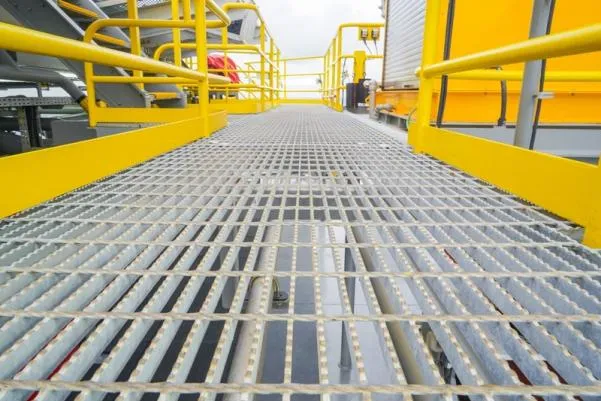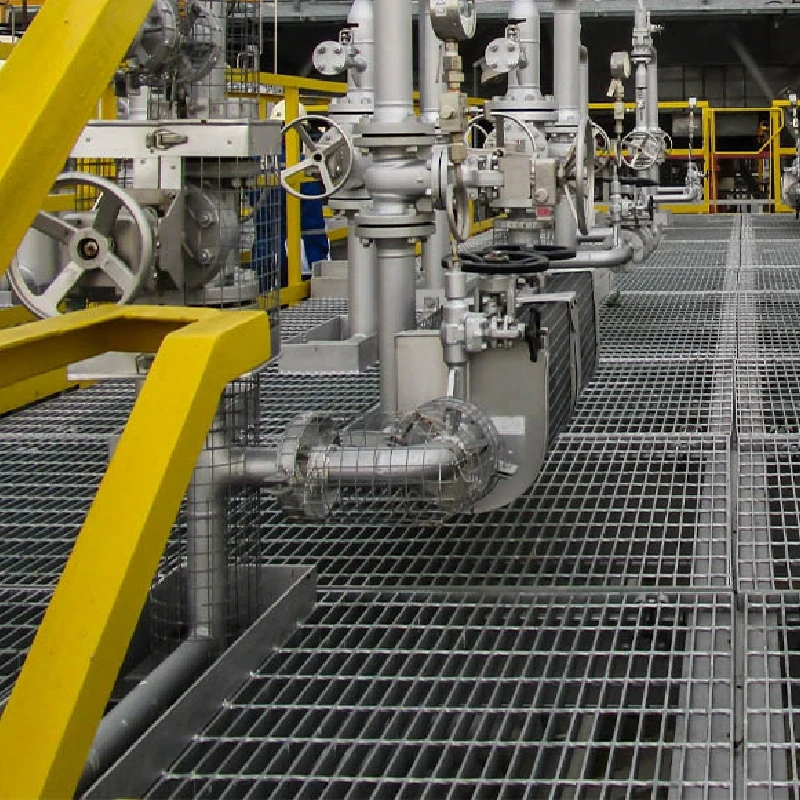- Industrial zone, South of Anping Town, Hengshui, Hebei, China.
- sales@hfpetromesh.com
- +86-18931809706
 Afrikaans
Afrikaans  Albanian
Albanian  Amharic
Amharic  Arabic
Arabic  Armenian
Armenian  Azerbaijani
Azerbaijani  Basque
Basque  Belarusian
Belarusian  Bengali
Bengali  Bosnian
Bosnian  Bulgarian
Bulgarian  Catalan
Catalan  Cebuano
Cebuano  Corsican
Corsican  Croatian
Croatian  Czech
Czech  Danish
Danish  Dutch
Dutch  English
English  Esperanto
Esperanto  Estonian
Estonian  Finnish
Finnish  French
French  Frisian
Frisian  Galician
Galician  Georgian
Georgian  German
German  Greek
Greek  Gujarati
Gujarati  Haitian Creole
Haitian Creole  hausa
hausa  hawaiian
hawaiian  Hebrew
Hebrew  Hindi
Hindi  Miao
Miao  Hungarian
Hungarian  Icelandic
Icelandic  igbo
igbo  Indonesian
Indonesian  irish
irish  Italian
Italian  Japanese
Japanese  Javanese
Javanese  Kannada
Kannada  kazakh
kazakh  Khmer
Khmer  Rwandese
Rwandese  Korean
Korean  Kurdish
Kurdish  Kyrgyz
Kyrgyz  Lao
Lao  Latin
Latin  Latvian
Latvian  Lithuanian
Lithuanian  Luxembourgish
Luxembourgish  Macedonian
Macedonian  Malgashi
Malgashi  Malay
Malay  Malayalam
Malayalam  Maltese
Maltese  Maori
Maori  Marathi
Marathi  Mongolian
Mongolian  Myanmar
Myanmar  Nepali
Nepali  Norwegian
Norwegian  Norwegian
Norwegian  Occitan
Occitan  Pashto
Pashto  Persian
Persian  Polish
Polish  Portuguese
Portuguese  Punjabi
Punjabi  Romanian
Romanian  Russian
Russian  Samoan
Samoan  Scottish Gaelic
Scottish Gaelic  Serbian
Serbian  Sesotho
Sesotho  Shona
Shona  Sindhi
Sindhi  Sinhala
Sinhala  Slovak
Slovak  Slovenian
Slovenian  Somali
Somali  Spanish
Spanish  Sundanese
Sundanese  Swahili
Swahili  Swedish
Swedish  Tagalog
Tagalog  Tajik
Tajik  Tamil
Tamil  Tatar
Tatar  Telugu
Telugu  Thai
Thai  Turkish
Turkish  Turkmen
Turkmen  Ukrainian
Ukrainian  Urdu
Urdu  Uighur
Uighur  Uzbek
Uzbek  Vietnamese
Vietnamese  Welsh
Welsh  Bantu
Bantu  Yiddish
Yiddish  Yoruba
Yoruba  Zulu
Zulu
- Afrikaans
- Albanian
- Amharic
- Arabic
- Armenian
- Azerbaijani
- Basque
- Belarusian
- Bengali
- Bosnian
- Bulgarian
- Catalan
- Cebuano
- Corsican
- Croatian
- Czech
- Danish
- Dutch
- English
- Esperanto
- Estonian
- Finnish
- French
- Frisian
- Galician
- Georgian
- German
- Greek
- Gujarati
- Haitian Creole
- hausa
- hawaiian
- Hebrew
- Hindi
- Miao
- Hungarian
- Icelandic
- igbo
- Indonesian
- irish
- Italian
- Japanese
- Javanese
- Kannada
- kazakh
- Khmer
- Rwandese
- Korean
- Kurdish
- Kyrgyz
- Lao
- Latin
- Latvian
- Lithuanian
- Luxembourgish
- Macedonian
- Malgashi
- Malay
- Malayalam
- Maltese
- Maori
- Marathi
- Mongolian
- Myanmar
- Nepali
- Norwegian
- Norwegian
- Occitan
- Pashto
- Persian
- Polish
- Portuguese
- Punjabi
- Romanian
- Russian
- Samoan
- Scottish Gaelic
- Serbian
- Sesotho
- Shona
- Sindhi
- Sinhala
- Slovak
- Slovenian
- Somali
- Spanish
- Sundanese
- Swahili
- Swedish
- Tagalog
- Tajik
- Tamil
- Tatar
- Telugu
- Thai
- Turkish
- Turkmen
- Ukrainian
- Urdu
- Uighur
- Uzbek
- Vietnamese
- Welsh
- Bantu
- Yiddish
- Yoruba
- Zulu
Фев . 18, 2025 11:50
Back to list
Swage-Locked Steel Grating
Exploring metal grating prices involves understanding several crucial elements, subtly interwoven with experience, expertise, authoritativeness, and trustworthiness. With experience, we discern that metal grating is an indispensable component in various industrial, architectural, and commercial applications. Its pricing can be influenced by factors such as material type, grating size, and market demand.
Furthermore, global economic factors and supply chain logistics play a significant role in dictating metal grating prices. Fluctuations in raw material costs, driven by mining and production dynamics, can lead to variable market prices. The COVID-19 pandemic, for example, disrupted supply chains, leading to price escalations due to increased transportation costs and raw material shortages. Thus, understanding these macroeconomic elements is essential for a more comprehensive grasp of pricing trends. Trustworthiness in pricing is anchored by transparent communication from suppliers regarding cost structures and the provision of detailed quotations. Reputable suppliers will also exhibit a willingness to advise on material selections and design choices that best fit the client's budget while maintaining performance standards. Client testimonials and case studies serve as valuable resources to gauge a supplier's reliability and commitment to ethical business practices. In sum, metal grating pricing is a multifaceted issue influenced by material choice, manufacturing specifications, supplier credibility, and economic conditions. Opting for a supplier with a balanced approach to quality and pricing ensures the acquisition of grating products that align with both functional and financial requirements. Staying informed of market trends and engaging with authoritative sources empowers buyers to make decisions that uphold durability and value, reflecting the best practices in metal grating procurement. Conclusively, the interplay of experience, expertise, authority, and trustworthiness shapes a well-rounded understanding of metal grating prices. By emphasizing these elements, purchasers can navigate the complexities of the market, ensuring that their investments in metal grating meet both immediate and long-term needs effectively.


Furthermore, global economic factors and supply chain logistics play a significant role in dictating metal grating prices. Fluctuations in raw material costs, driven by mining and production dynamics, can lead to variable market prices. The COVID-19 pandemic, for example, disrupted supply chains, leading to price escalations due to increased transportation costs and raw material shortages. Thus, understanding these macroeconomic elements is essential for a more comprehensive grasp of pricing trends. Trustworthiness in pricing is anchored by transparent communication from suppliers regarding cost structures and the provision of detailed quotations. Reputable suppliers will also exhibit a willingness to advise on material selections and design choices that best fit the client's budget while maintaining performance standards. Client testimonials and case studies serve as valuable resources to gauge a supplier's reliability and commitment to ethical business practices. In sum, metal grating pricing is a multifaceted issue influenced by material choice, manufacturing specifications, supplier credibility, and economic conditions. Opting for a supplier with a balanced approach to quality and pricing ensures the acquisition of grating products that align with both functional and financial requirements. Staying informed of market trends and engaging with authoritative sources empowers buyers to make decisions that uphold durability and value, reflecting the best practices in metal grating procurement. Conclusively, the interplay of experience, expertise, authority, and trustworthiness shapes a well-rounded understanding of metal grating prices. By emphasizing these elements, purchasers can navigate the complexities of the market, ensuring that their investments in metal grating meet both immediate and long-term needs effectively.
Share
Prev:
Latest news
-
Why Our Shaker Screen for Sale Stands Out in Every ApplicationNewsAug.08,2025
-
Unmatched Efficiency with Premium Shale Shaker Screen TechnologyNewsAug.08,2025
-
Reliable, Durable, and Cost-Effective: Press Locked Steel Grating SolutionsNewsAug.08,2025
-
Precision Strength with Welded Steel Bar GratingNewsAug.08,2025
-
Perimeter Safety Netting: The High-Strength Shield for Elevated Safety SolutionsNewsAug.08,2025
-
Maximize Performance with Steel Walkway GratingNewsAug.08,2025